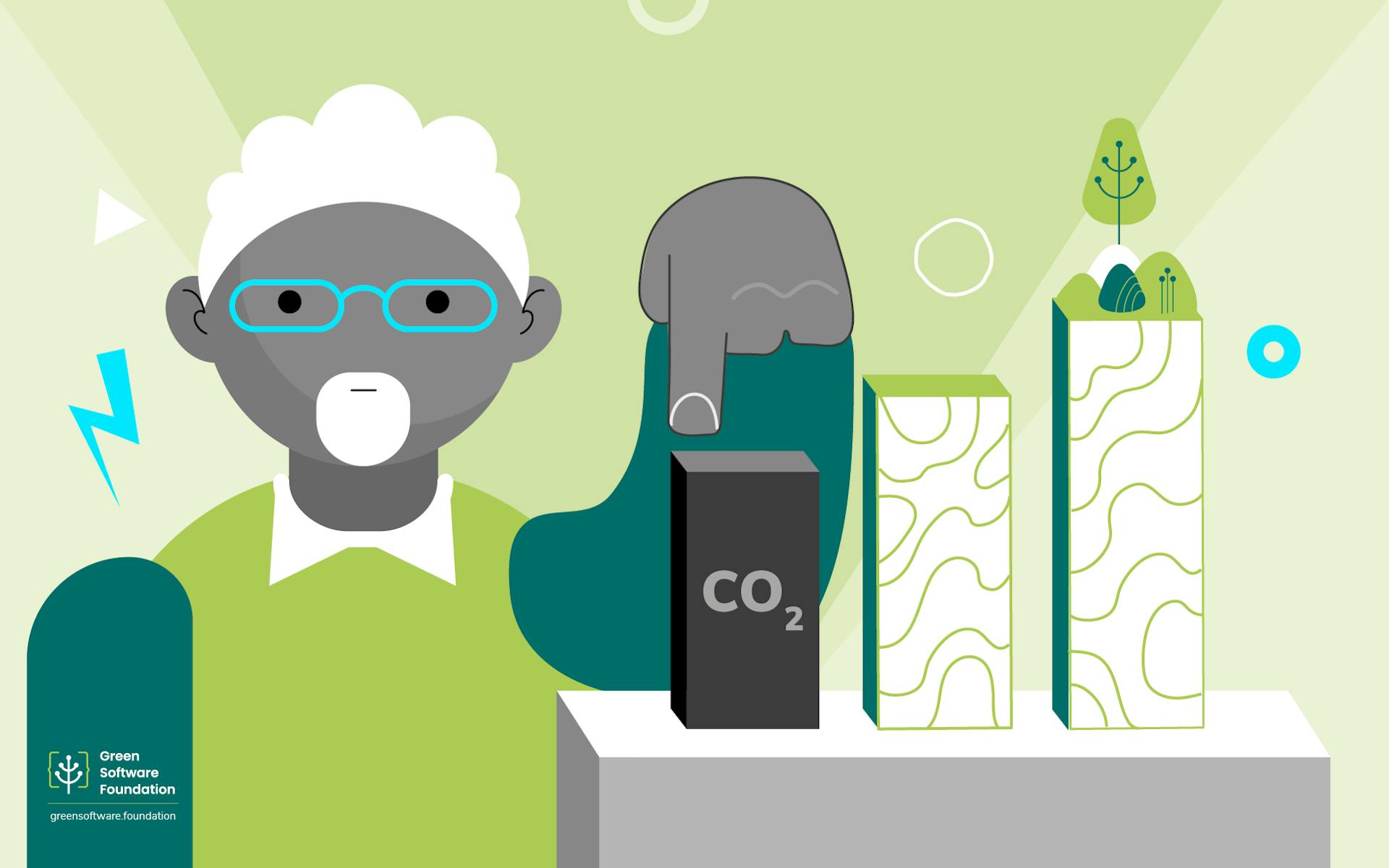Find out about some of the latest government policies, institutional actions, reporting and standards affecting green software. They are the proverbial tip of the iceberg. It is only a matter of time before a greater change in the regulatory landscape takes hold, shaping the technology industry. We expect a dramatic expansion of green software practices.
Software legislation quadruples
The GSF is currently working on its soon-to-be-released State of Green Software Report and has uncovered a few interesting facts. For example, software focused legislation has quadrupled in a decade, with less than 10% of countries having such legislation in 2012 to nearly 40% today. Europe is leading the regulatory drive, with ambitions to influence the global regulatory landscape for emissions from digital sources.
France at the forefront of digital emissions legislation
France has already started to roll out specific green software legislation; the Digital Environmental Footprint Reduction Legislation comes into effect in 2023/24. It contains mandatory digital emissions disclosures so that videos, for example, will have to have a counter of CO2 emissions. As a result Netflix in France will have to report not just to the government but also directly to the user on the environmental cost of its products.
The United States is not far behind. The Securities and Exchange Commission, based on its March 2022 proposal, is expected to greatly strengthen emissions disclosure requirements, which will likely include digital emissions, particularly under scopes two and three disclosures. In addition, the Biden administration issued an executive order explicitly mandating the US government undertake preliminary work to ensure digital assets in the US are “responsible.”
Energy efficiency improvements in the shadow of increasing emissions
The ICT industry frequently faces a focus problem. AWS, for example, boasts in its sustainability report, that it has dramatically improved the energy efficiency of its data centers. But is hardware energy efficiency the right yardstick?
In reality, net emissions in the ICT industry have grown every year. While gains in efficiency are undisputed, they are small in comparison with the double-digit percentage growth in emissions that we face. A focus on emissions reduction is needed, and, ultimately, that is only possible by putting software at the center of sustainability considerations.
In the past, the idea was to optimize hardware performance. With the great progress we had made in computer hardware, it meant we could store an increasing amount of data. But this is now changing. We have to make design decisions about our software products that consider the downstream hardware and infrastructure to ensure that any gains in efficiency will also translate into net reductions in emissions. There is a veritable ideological shift happening that we will continue to watch closely. It will lead to more green standards for software and fewer for hardware.
How does software fit ISO standards?
Traditionally, ISO standards have focused on hardware and not used in connection with software. There are many existing standards that take sustainability into account but we do not apply these standards to software: ISO 14001- Environmental Management, ISO 14064 - Greenhouse Gasses, ISO 26000 - Social Responsibility. The closest existing standard in the software arena is ISO 25010, the software quality standard.
There is growing literature on the implications and limitations of ISO 25010 relevant to green software. Performance efficiency, resource utilization, maintainability, portability and usability are all criteria of that ISO standard. These standards, when created, were to ensure software quality and performance; outside an environmental framework. Now they are seen as part of the green software discussion. Now they are seen as part of the green software discussion.
The recent addition of an environmental risk mitigation paragraph to the standard proves this point. It specifies the degree to which a product or system mitigates the potential risk to the environment in its intended use. This section may have been less applied for green software in the past but will likely be used a lot more in light of the regulatory and market pressures that are growing for making software greener. Plus, the GSF SCI Specification has now been submitted to ISO for approval, which is the first step in becoming an Internationally recognised Standard.
Sustainable public procurement bound to affect green software design
More and more governments are developing environmental standards for purchasing products. Around the world, governments spend an estimated US$11 trillion in public contracts annually, representing approximately 12% of global GDP. A 2021 World Bank study found that 53% of national governments had provisions for green public procurement. And in 2017, a United Nations survey shared that of those governments with green public procurement policies in place, 89% placed office IT at the top of the green procurement agenda.
To be fair, the bulk of green procurement attention was on the purchase of hardware. But this is now beginning to expand into the software space. For example, the UK Greening Government ICT and Digital Services Strategy 2020 - 2025 states: “Only procure with suppliers who have committed to or are in the process of setting science-based targets that match departmental sustainability outcomes.” The document also contains the requirement for annual reporting core areas, which include the departmental carbon footprint.
Government policies and institutional standards are moving towards sustainability. Due to the growing reliance on software to run efficient and competitive industries and the associated increase in carbon emissions from software, there will be an inevitable increase in standards and regulations to advance green software practices and large-scale industry adoption.
This article is licenced under Creative Commons (CC BY 4.0)
